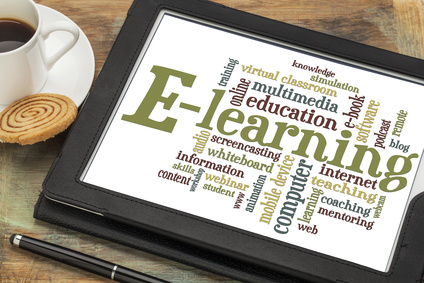
eLearning Historical Background
Correspondence education, the first version of distance education, developed in the second half of the nineteenth century in Europe (Britain, France, and Germany) and the United States it quickly spread. In 1840, English educator, Sir Isaac Pitman taught shorthand by mail. In 1873, Anna Ticknor created a society that provides educational opportunities for women to study at home. Thomas J. Foster began courses of study in the mines, in the 1880s; these courses grew into the International Correspondence School. Communication, teaching and learning from these experiences took place through written materials and correspondence until the late 1970s and early 1980s, when satellite television came into use.
The advent of the Internet and digital applications in the decade of 1990 opened a new dimension to distance education. One important point regarding the history of the modern eLearning concept is that a majority of the people believe that the widespread use of eLearning term surfaced in the nineties but the tossing of ‘eLearning’ term might have happened in mid 1980s. As per the claim of (Moore, 2011), it is not clear that when the term ELearning started for the first time. Cross suggests that the term “ELearning” was tossed by the author in 1999. Generally speaking, this term is claimed to be coined in the last decade of the 20th Century .
After this term had achieved the recognition in multiple domains such as IT, Training & Education, and other domains of industries, eLearning progressed very rapidly and it took strong roots in all regions and countries of the world irrespective of their development and infrastructure. The history of Elearning goes hand in hand with the development of technology. It is important to note that technology is a support for any educational model and not the model itself and that it involves many other elements which make up a technology-mediated education system.
Distance learning is taking the shape of a multi-billion industry very rapidly and many industries are benefiting from this form of education to provide education to their employees to enhance the skill sets of the human resources they own. It is anticipated by the Global Industry Analysts (GIA, 2012) that the eLearning industry will cross US$107 billion by the year 2015.





